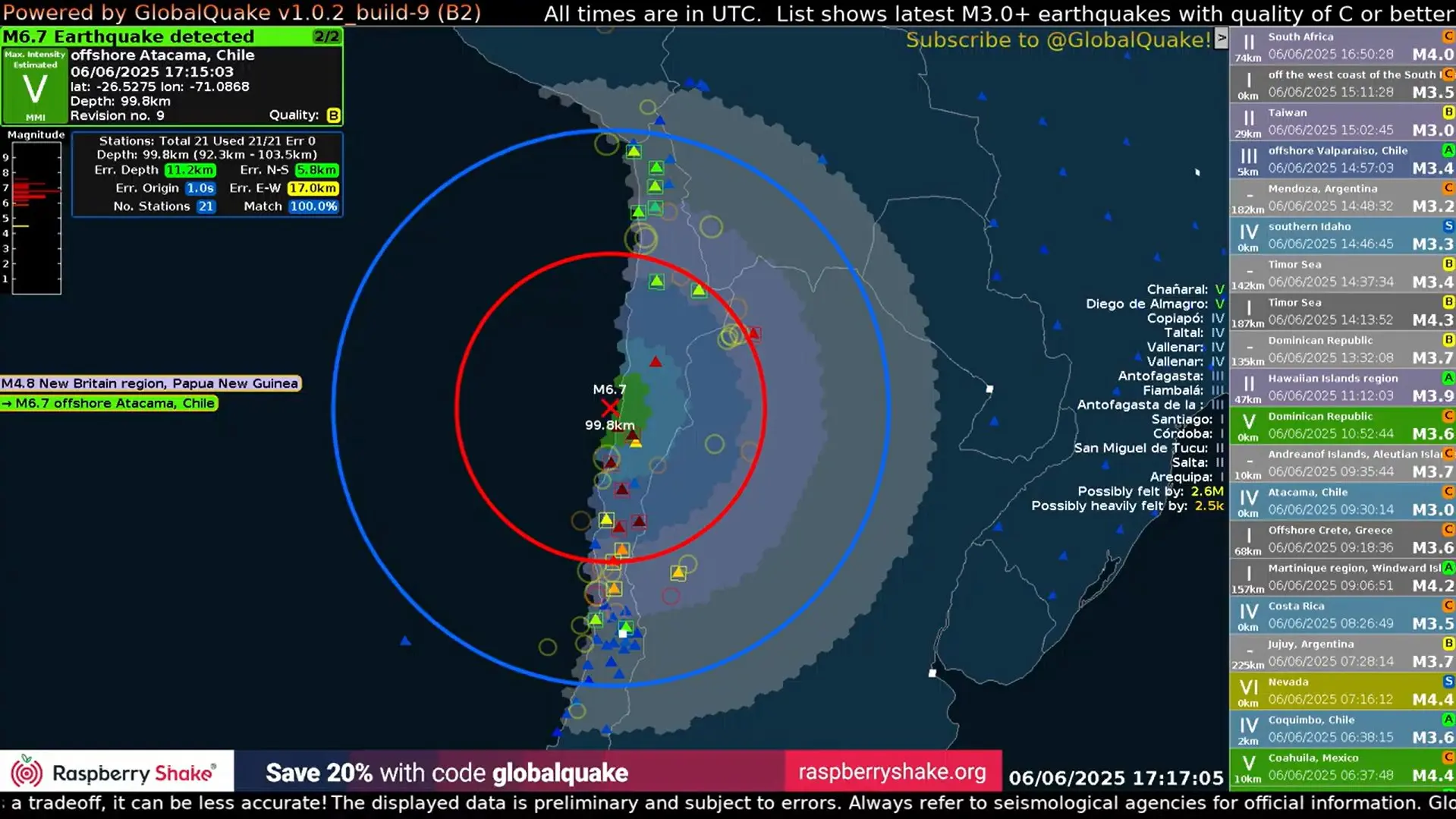The Enduring Mystery of the Moai: Rapa Nui’s Silent Sentinels

Moais statues on Rano Raraku volcano, easter island, Chile
May 22, 2025 Hour: 2:45 pm
The Moai statues of Rapa Nui (Easter Island), Chile, have captivated the world since Dutch explorers first arrived on Easter Sunday in 1722. Even by the late 19th century, French traveler Pierre Loti described them as “colossal heads emerging from the earth,” remnants of a lost civilization watching over visitors from the past.
Despite centuries of study, the massive stone figures remain shrouded in mystery. Loti once noted, “They have no eyes, yet they appear to watch and think.”
Rapa Nui, situated 3,800 kilometers off Chile’s coast, was settled by Polynesian navigators, likely arriving from Mangareva, in the Gambier Islands, some 3,000 kilometers away.
The word Moai means “sculpted person” in Rapa Nui’s indigenous language. These half-bodied statues, ranging from 4.5 to 22 meters tall, are scattered across the island, with nearly 900 documented figures. Their elongated noses, stretched earlobes, and prominent foreheads give them an austere expression, reinforcing their mystical presence.
Many Moai stand on stone platforms called Ahu, facing inland, believed to be sacred burial sites or monuments honoring ancestors. The largest known complex, Ahu Tongariki, features fifteen imposing statues seemingly gazing at the stars.
Originally, Moai had coral eyes, adding intensity to their penetrating gaze. However, Rapa Nui clans removed them during inter-tribal conflicts, a symbolic act to strip rival spirits of their power. Some figures also wore Pukao, cylindrical red stone hats that may have represented a form of nobility or leadership.
The island’s legendary history ties back to King Hotu Matu’a, who led the first settlers to Anakena Bay, considered the birthplace of Rapa Nui culture.
While most Moai were carved in the Rano Raraku volcanic quarry, variations exist. The most unique among them is Moai Tukuturi, the only kneeling statue, intricately carved below the waist.
Despite numerous theories, the true purpose of the Moai remains elusive—a silent testament to Rapa Nui’s lost world and the ingenuity of its ancient people.
Author: OSG






